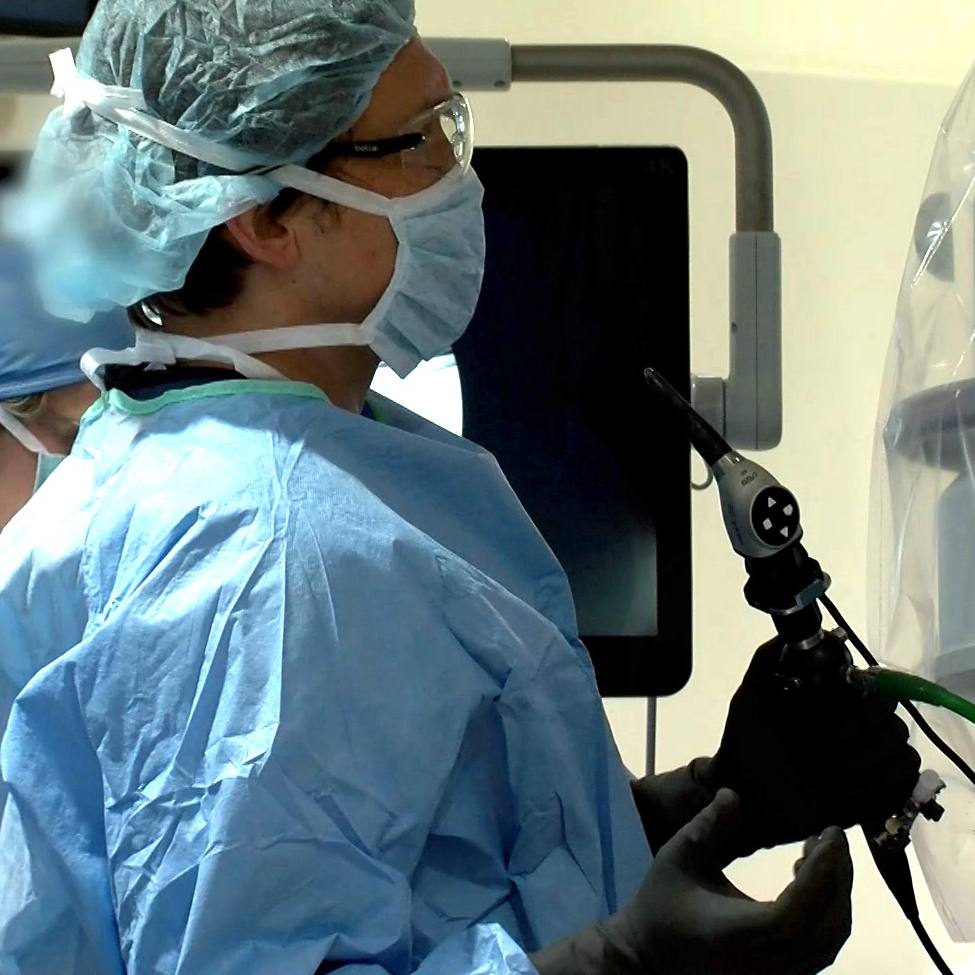-
Health & Wellness
Disorder Causing Leg Weakness May Be Hereditary Despite Family History
Disorder Causing Leg Weakness May Be Hereditary Despite Family History
January 20, 2012
Dear Mayo Clinic:
My nephew has been diagnosed with spastic paraparesis. He was told it is hereditary, but we can find no trace of it on either side of the family. I would appreciate any information you could give about the treatment and prognosis of this disease.
Answer:
Spastic paraparesis comprises dozens of different types of disorders that can be inherited in several ways. Therefore, it is possible to have hereditary spastic paraparesis even if you cannot find a family history of the disease. In addition, although many causes are hereditary and result from defective genes, some forms of spastic paraparesis are not related to gene defects.
Symptoms of hereditary spastic paraparesis, including weakness of the legs, are due to deterioration of nerves in the spinal cord that control the leg muscles. The process of nerve deterioration cannot be reversed, but an individual's life expectancy usually is not affected by the disease. Typically, hereditary spastic paraparesis progresses very slowly, and the changes it causes in a person's body are gradual and subtle. Over time, however, it can result in difficulty walking. Many people who have hereditary spastic paraparesis eventually may require a cane, a walker or a wheelchair.
In rare cases called complicated hereditary spastic paraparesis, people can have other symptoms along with leg weakness and stiffness. Those symptoms may include difficulty with memory and thinking and additional nerve problems such as peripheral neuropathy.
In many cases, diagnosing hereditary spastic paraparesis is not a straightforward process. Diagnosis may be based, in part, on a family history of the disease. But if a person's family medical history does not include cases of spastic paraparesis, as in your nephew's situation, then it is important to proceed with genetic testing in an effort to confirm the disease.
Currently, approximately 32 genetic defects are suspected or known to cause hereditary spastic paraparesis, and researchers believe there could be more. Of the genetic defects now identified as being associated with hereditary spastic paraparesis, only about 11 can be detected using clinically available DNA testing. If a person has a mutation in any of those genes, genetic testing can confirm a diagnosis. However, in a case where the genetic test is negative, but symptoms point to hereditary spastic paraparesis, the disease still cannot be excluded as a possibility.
To make it even more complicated, some causes of spastic paraparesis are not related to genetic defects, including some rare viral infections and multiple sclerosis. After other conditions that could be the underlying cause of the symptoms have been ruled out, a person may be diagnosed with hereditary spastic paraparesis based on symptoms and neurologic findings alone.
Because there is no way to slow or stop progression of this disease, treatment of hereditary spastic paraparesis focuses on controlling the symptoms. Muscle relaxants and other medications can help relieve leg tightness and stiffness. Physical therapy is also a very important part of treatment. Stretching, exercises and other physical therapy techniques specifically designed for people with spastic paraparesis can help improve a person's mobility and fitness, increase leg strength and reduce leg stiffness. If hereditary spastic paraparesis progresses to the point that a person needs help walking, a physical therapist can offer advice regarding assistive devices.
The long-term outlook for people who have hereditary spastic paraparesis varies quite a bit from person to person. Some people eventually lose their ability to walk, while others have only mild symptoms that can be successfully managed with physical therapy and medication. Your nephew should work closely with his doctor to monitor his condition over time and create a treatment plan
Related Articles







